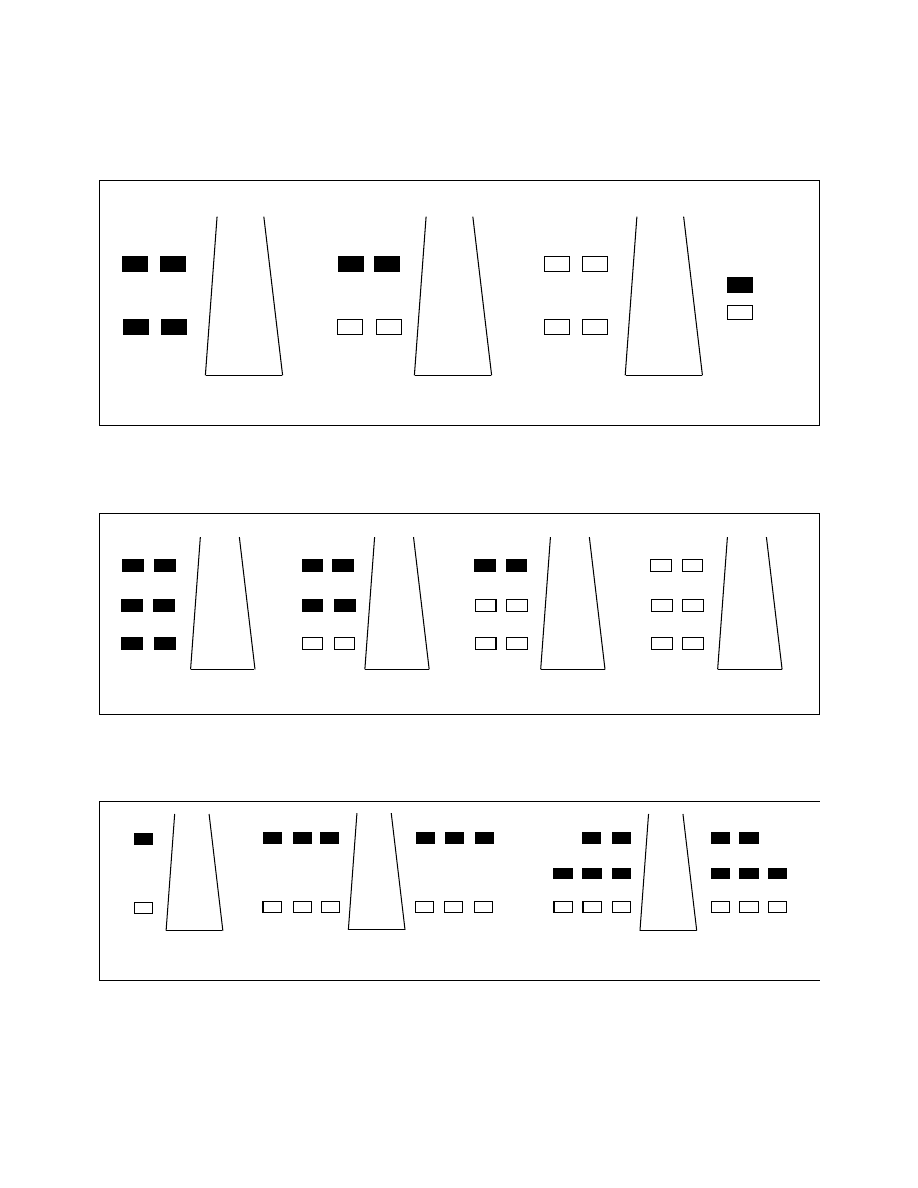
4/20/23
AIM
Approval of Positioning and Navigation Systems. Equipment approved in accordance with TSO
−
C115a does
not meet the requirements of TSO
−
C129. Visual flight rules (VFR) and hand
−
held GPS systems are not
authorized for IFR navigation, instrument approaches, or as a principal instrument flight reference.
(2)
Aircraft using un-augmented GPS (TSO-C129() or TSO-C196()) for navigation under IFR must
be equipped with an alternate approved and operational means of navigation suitable for navigating the proposed
route of flight. (Examples of alternate navigation equipment include VOR or DME/DME/IRU capability).
Active monitoring of alternative navigation equipment is not required when RAIM is available for integrity
monitoring. Active monitoring of an alternate means of navigation is required when the GPS RAIM capability
is lost.
(3)
Procedures must be established for use in the event that the loss of RAIM capability is predicted
to occur. In situations where RAIM is predicted to be unavailable, the flight must rely on other approved
navigation equipment, re-route to where RAIM is available, delay departure, or cancel the flight.
(4)
The GPS operation must be conducted in accordance with the FAA
−
approved aircraft flight
manual (AFM) or flight manual supplement. Flight crew members must be thoroughly familiar with the
particular GPS equipment installed in the aircraft, the receiver operation manual, and the AFM or flight manual
supplement. Operation, receiver presentation and capabilities of GPS equipment vary. Due to these differences,
operation of GPS receivers of different brands, or even models of the same brand, under IFR should not be
attempted without thorough operational knowledge. Most receivers have a built
−
in simulator mode, which
allows the pilot to become familiar with operation prior to attempting operation in the aircraft.
(5)
Aircraft navigating by IFR
−
approved GPS are considered to be performance
−
based navigation
(PBN) aircraft and have special equipment suffixes. File the appropriate equipment suffix in accordance with
Appendix 4, TBL 4
−
2, on the ATC flight plan. If GPS avionics become inoperative, the pilot should advise ATC
and amend the equipment suffix.
(6)
Prior to any GPS IFR operation, the pilot must review appropriate NOTAMs and aeronautical
information. (See GPS NOTAMs/Aeronautical Information).
(b) Database Requirements.
The onboard navigation data must be current and appropriate for the region
of intended operation and should include the navigation aids, waypoints, and relevant coded terminal airspace
procedures for the departure, arrival, and alternate airfields.
(1)
Further database guidance for terminal and en route requirements may be found in AC 90-100, U.S.
Terminal and En Route Area Navigation (RNAV) Operations.
(2)
Further database guidance on Required Navigation Performance (RNP) instrument approach
operations, RNP terminal, and RNP en route requirements may be found in AC 90-105, Approval Guidance for
RNP Operations and Barometric Vertical Navigation in the U.S. National Airspace System.
(3)
All approach procedures to be flown must be retrievable from the current airborne navigation
database supplied by the equipment manufacturer or other FAA
−
approved source. The system must be able to
retrieve the procedure by name from the aircraft navigation database, not just as a manually entered series of
waypoints. Manual entry of waypoints using latitude/longitude or place/bearing is not permitted for approach
procedures.
(4)
Prior to using a procedure or waypoint retrieved from the airborne navigation database, the pilot
should verify the validity of the database. This verification should include the following preflight and inflight
steps:
[a] Preflight:
[1]
Determine the date of database issuance, and verify that the date/time of proposed use is
before the expiration date/time.
[2]
Verify that the database provider has not published a notice limiting the use of the specific
waypoint or procedure.
Navigation Aids
1
−
1
−
25